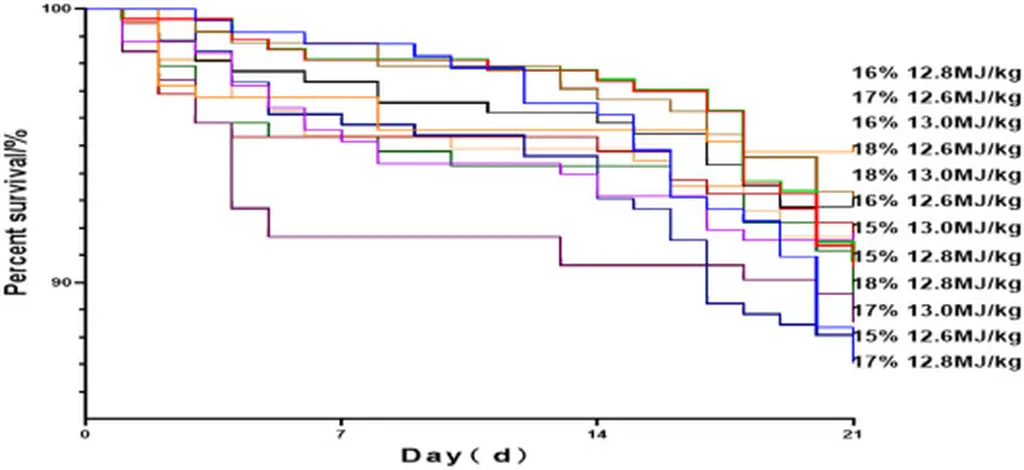In the world of poultry farming, pigeon squabs are a delicacy in many cultures, and their production is a growing industry. However, the methods of rearing these birds, particularly in the late stages of growth, can significantly impact their performance and meat quality. A recent study published in the *Journal of Applied Poultry Research* (also known as the *Journal of Applied Poultry Research*) sheds light on how different feeding strategies can influence the growth and meat quality of pigeon squabs. The research, led by T.W. Liu from the Jiangsu Collaborative Innovation Center of Regional Modern Agriculture & Environmental Protection at Huaiyin Normal University, offers valuable insights for pigeon farmers and the broader poultry industry.
The study focused on comparing the effects of different crude protein (CP) levels in artificial crop milk and natural parent feeding on the performance and meat quality of White King pigeon squabs. A total of 108, 21-day-old squabs were divided into three groups, each receiving artificial crop milk with varying CP levels (14%, 15%, and 16%). A control group consisted of 36 pairs of pigeons naturally feeding their squabs.
The results were striking. Squabs fed the 16% CP diet showed the highest 28-day body weight, average body weight gain, and better muscle quality indicators, such as muscle shearing force and fiber cross-sectional area and diameter. Additionally, this group exhibited lower dripping and freezing losses and minimal malondialdehyde content in muscles, indicating better muscle antioxidant capacity.
“Our findings suggest that a 16% CP artificial diet significantly promotes the growth performance and muscle antioxidant capacity of squabs,” said T.W. Liu. “This is a crucial discovery for the pigeon farming industry, as it provides a clear guideline for optimizing feeding strategies to enhance squab production.”
While the muscle color of artificially fed pigeons was not as good as that of naturally fed ones, the overall benefits of the 16% CP diet in terms of growth performance and meat quality are substantial. This research could pave the way for more efficient and profitable pigeon farming practices.
The implications of this study extend beyond pigeon farming. As the demand for high-quality poultry products continues to rise, understanding the impact of different feeding strategies on meat quality and performance can drive innovations in the broader poultry industry. Farmers and producers can use these insights to optimize their feeding practices, leading to better yields and higher-quality products.
In conclusion, the research led by T.W. Liu offers a compelling case for the use of a 16% CP diet in the late-stage growth of pigeon squabs. As the industry continues to evolve, such studies will be instrumental in shaping best practices and driving commercial success. For those in the poultry sector, this research is a must-read, offering practical insights and a glimpse into the future of pigeon farming.

